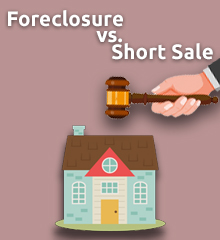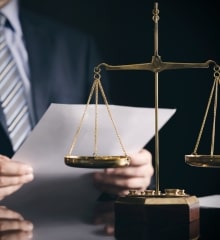Bankruptcy Versus Debt Relief: How to Choose the Right Procedure
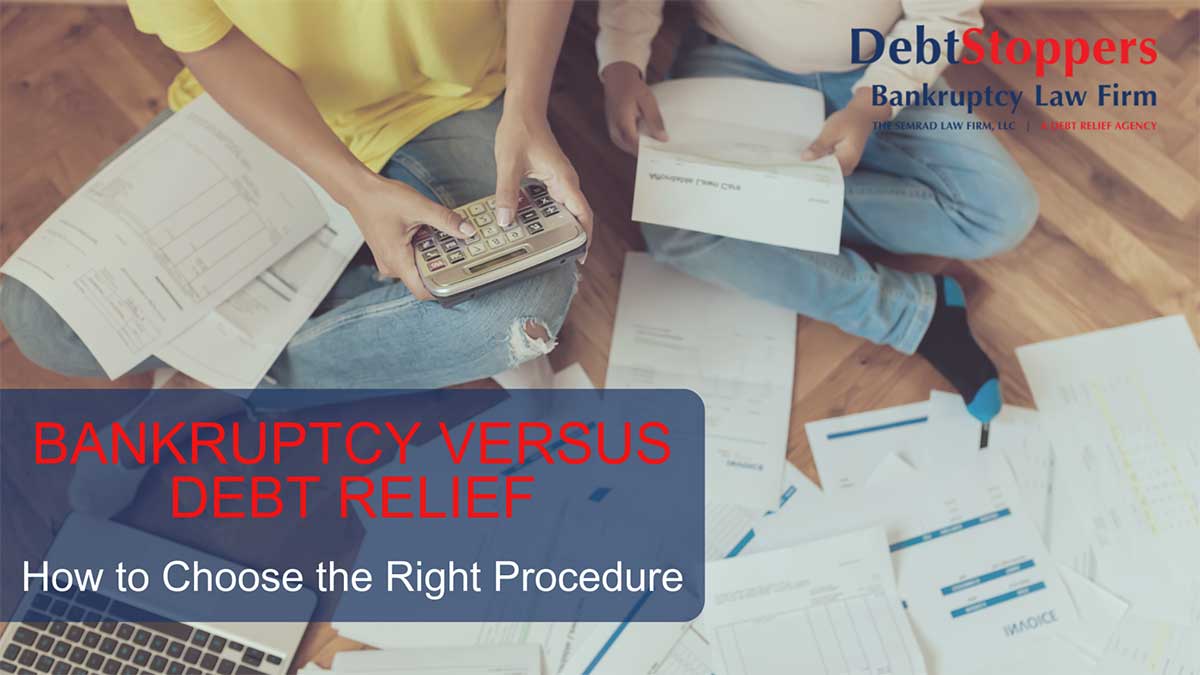
When you are facing overwhelming financial difficulties, it can be difficult to know where to turn. For many people, the differences between their debt relief options are confusing, and trying to decide which one is the best choice for their individual circumstances can feel impossible without the assistance of a lawyer.
The truth is, whether you're struggling with credit cards, medical bills, or other financial obligations, understanding your options can help you make informed decisions and take control of your finances. So keep reading to learn more, and be sure to talk to a reputable lawyer before you take action.
What is the Main Difference Between Bankruptcy and Debt Relief?
Debt relief is a broad term that applies to many methods of reducing or eliminating the amount of money that you owe to your creditors. Chapter 7 and 13 bankruptcy, on the other hand, are two specific types of relief that allow you to eliminate your obligations and get the fresh financial start that you truly deserve.
When you compare it with other debt relief options, you will find that bankruptcy is a much more effective and comprehensive method for reducing and eliminating unmanageable debts. Between Chapter 7 and 13, a lawyer can help you choose an option that will work for you and your financial situation.
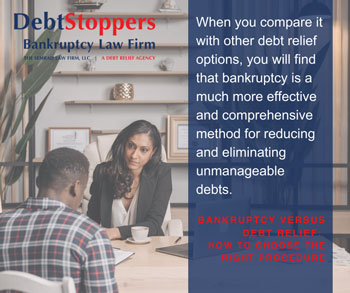
Types of Bankruptcy
The two primary types of bankruptcy for individuals are Chapter 7 and Chapter 13. We’ve outlined the most important information about each chapter in the sections below.
However, we suggest that you discuss your financial situation with an experienced lawyer to ensure that you choose the best option for your circumstances.
Chapter 7 Bankruptcy
Chapter 7 is a legal filing that allows individuals to discharge most or all of their unsecured obligations, such as credit card balances, medical bills, and personal loans. As part of the Chapter 7 process, a court-appointed trustee may sell some of the debtor's non-exempt assets to repay creditors. However, after the liquidation process is complete, most remaining unsecured debts will be discharged, meaning the debtor is no longer legally obligated to repay them.
Chapter 13 Bankruptcy
Chapter 13 allows individuals with regular income to drastically reduce and reorganize their debts into a three-to-five-year repayment plan. The debtor will make regular payments to a court-appointed trustee based on their income, who will then distribute the payments to the creditors. If the debtor successfully completes the Chapter 13 repayment plan, most remaining unsecured debts will be discharged.
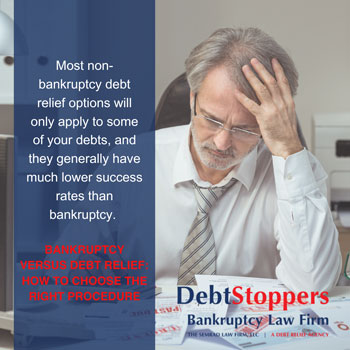
Types of Debt Relief
In addition to Chapter 7 or 13 bankruptcy, there are several other remedies available to struggling families. However, keep in mind that most non-bankruptcy debt relief options will only apply to some of your debts, and they generally have much lower success rates than bankruptcy. For this reason, it’s vital to include a lawyer in your decision-making process.
Debt Settlement
The settlement process involves hiring a company to negotiate with your creditors to accept a lump-sum payment for a portion of what you owe in exchange for forgiving the remaining balance.
Sadly, many settlement companies are actually scams, and, unlike Chapter 7 or 13 bankruptcy, even the legitimate businesses cannot guarantee success because creditors are not required to participate. Even when they are successful, debt settlements take years and destroy your credit. They also cannot stop lawsuits, and you will be required to pay taxes on the amount your total balance is reduced.
Debt Consolidation
Consolidation involves combining multiple debts into one single loan, ostensibly with a lower interest rate and lower monthly payments. However, while Chapter 7 and 13 will cover most types of debt, this method usually only helps with credit cards. Plus, if you can’t afford the payment on your new loan, it won’t help at all, and it also cannot stop lawsuits or force creditors to comply.
Credit Counseling
Credit counseling is a service that helps families manage their debts and improve their financial literacy. The process typically involves meeting with a certified credit counselor to create a budget and a plan of action. Unfortunately, credit counseling primarily focuses on helping individuals repay their debts over time, which may not be possible for those with significant balances or limited income.
Debt Management Plans
A debt management plan (DMP) involves working with a credit counseling agency to create a plan to repay your debts. The agency will consolidate your bills into one monthly payment and distribute the funds to your creditors according to the terms of the plan. However, a DMP will not cover all types of debt, and it is not a useful option if you can’t afford to make any payments at all.
How to Choose the Right One
Making the right decision can be complicated, especially if you are trying to do it without a lawyer. When you are struggling financially, choosing the right path forward requires careful consideration of your individual circumstances and consultation with a knowledgeable lawyer.
Before deciding to move forward with debt relief or bankruptcy, it is essential to discuss your situation with a qualified bankruptcy lawyer who can evaluate your financial situation and provide guidance on the best course of action. A lawyer can also help you decide between Chapter 7 and 13.
Contact us today to schedule a free consultation with a DebtStoppers lawyer near you.
